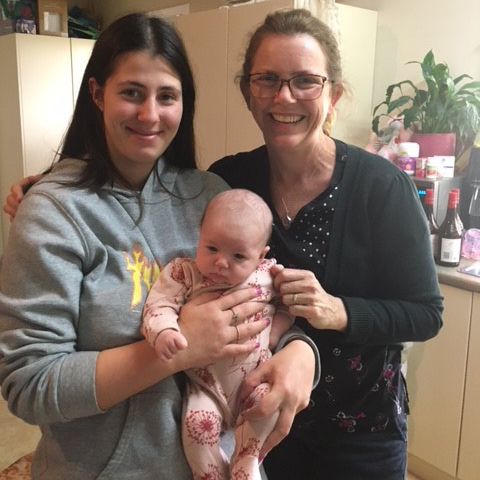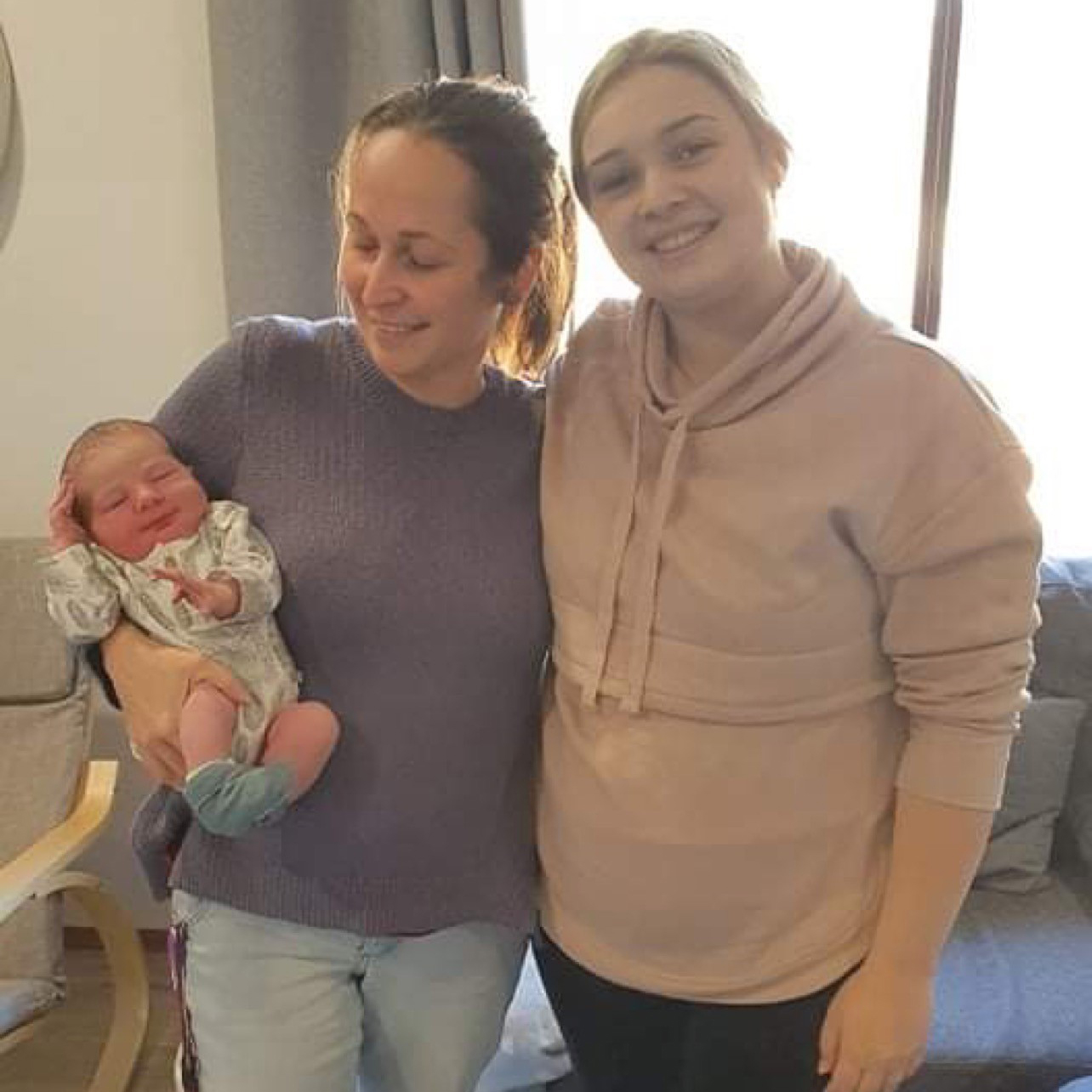09 August 2021

Helping to bring a child into the world should be classed as one of life’s essential services, and the enormous global success of the British television series “Call the Midwife” is testament to the esteem in which they are held.
Yet, despite this, since 1990 more than half of Australia’s rural women have not been able to give birth in their hometown due to the closure of their local maternity units and midwife shortages.
This has put strain on families, forced pregnant women to birth in unfamiliar surroundings, and increased the risks of premature births and other complications.
But a new model of midwifery care trialled in South Australia’s Yorke and Northern Local Health Network is winning praise across the nation, raising hopes that rural women will no longer be disadvantaged.
The model ensures that pregnant rural women are allocated a known midwife for the duration of their pregnancy, working collaboratively with their local GP/obstetrician, and providing first time mums with the support and care they need.
University of South Australia researchers Pam Adelson and Julie Fleet from the Rosemary Bryant AO Research Centre, and Associate Professor of Midwifery Lois McKellar, have recently evaluated the success of the program which was implemented in 2019.
“This program is unique in that it’s the only midwifery group practice in Australia that operates across five sites under one governance model of care,” Adelson says.
“Feedback from the women has been overwhelmingly positive and the evidence from the past two years reveals that first time mothers who birthed in the program had lower intervention rates, fewer induced labours and C-sections, and no serious outcomes.”
Women deemed at high risk – carrying twins, or those with a high BMI and other health conditions – still birth in city hospitals but the midwife continues to support the mothers before and after they have given birth and returned home.
In 2020, 75 per cent of women in the program birthed in their local health service and 92 per cent of them were assigned a midwife, with one or two others as backup.
“All the evidence shows that women under constant midwifery care and working collaboratively with local doctors are not disadvantaged at all, compared to standard hospital care,” Adelson says.
“In fact, all vaginal births under this model over the past two years were higher (72 per cent) than the state average (65 per cent) and caesarean birth rates for first time mothers were lower at 26 per cent.”
SA Health Midwifery Director, Rachael Yates, says the success of the program is due to women receiving continuity of care from a midwife throughout their pregnancy, building a close relationship with expectant mothers, and supporting women to birth close to home when it is safe and appropriate.
“The midwives work in partnership with rural obstetric doctors, allied health and community services, so the care is well connected and coordinated, and the outcomes demonstrate this,” Yates says. “We know this model is sustainable and attractive to retaining and recruiting midwives to work in a rural environment.”
Two first-time mothers in the state’s north back up these findings.

Paige Ritchie, 25, of Burra, gave birth to her daughter Scarlett in mid-July, in Clare Hospital.
“Having my own midwife, Michelle, by my side throughout the whole pregnancy and at the birth was incredible,” Paige says. “It was like having my best friend there, holding my hand and giving my partner Sam and I so much reassurance and advice.”
“She was so hands-on and the bond we formed was amazing,” Paige says.
Liz Parsalidis, 22, of Clare was also grateful for the support of her midwife Annie during her pregnancy and a very long and difficult labour in late June, when she gave birth to her daughter Eliyanah.
“I had two doctors in Clare throughout my pregnancy and then a different obstetrician at Port Pirie Hospital, so Annie was the only constant in that time,” Liz said.
“After the birth she also did several home visits, helping me to breast feed and adjust to a new baby. Being a first-time mum, it made a huge difference having her support and I don’t know how I would have coped without her.”
Notes for editors
The full report is available at https://www.unisa.edu.au/research/rbrc/research-projects/archive/
The program has now been fully commissioned and the Yorke and Northern LHN Midwifery Group Practice recently received an Excellence in Person Centred Care Team Award at the SA Nursing and Midwifery Excellence Awards 2020/21.
For interviews and contacts details for Pam Adelson, Rachael Yates, Paige Ritchie and Liz Parsalidis, please contact UniSA media officer candy.gibson@unisa.edu.au or 0434 605 142.
Media contact: Candy Gibson M: +61 434605 142 E: candy.gibson@unisa.edu.au



